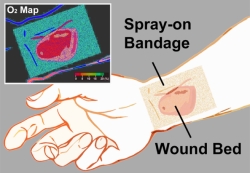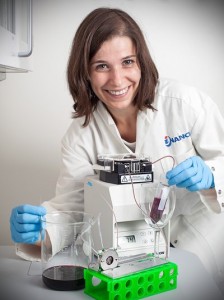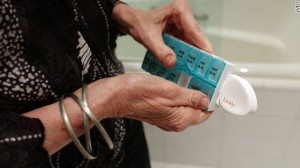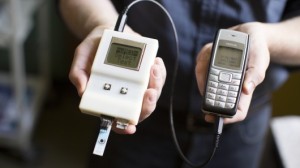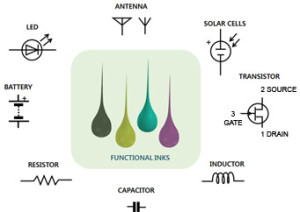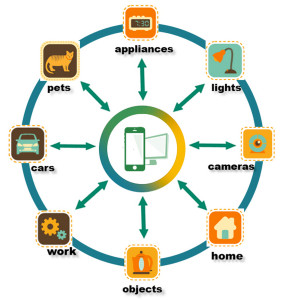With new technology and scientific breakthroughs in the automobile industry, everyone is waiting for the first car that will be able to run autonomously. Now, it may be closer than we expected.
Tesla Motors’ CEO and chief product architect, Elon Musk, made a prediction in September of 2013 stating that Tesla automobiles would operate autonomously for “90 percent of miles driven within three years.” Musk has now revised his statement and has proponents of autopilot capable cars hopeful for the future.
This from IEEE Spectrum:
One year later, he’s revised his estimate a bit, now saying that “a Tesla car next year will probably be 90 percent capable of autopilot. Like, so 90 percent of your miles can be on auto. For sure highway travel.” Although he didn’t go into any detail (besides some suggestion of an obligatory sensor fusion approach), Musk seems confident that this is something that Tesla will make happen, not just sometime soon, but actually next year.
While there is still much ambiguity on what Musk’s statement actually entails, we will be waiting to see what technology Tesla puts forward within the next year.
Want to find out more about the future of the automobile? Take a look at what our scientist are researching via our Digital Library.


